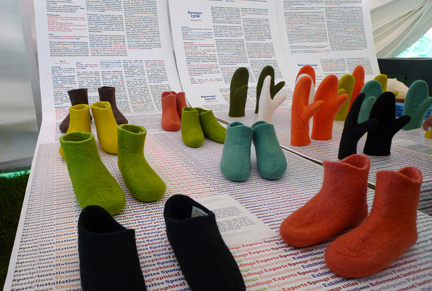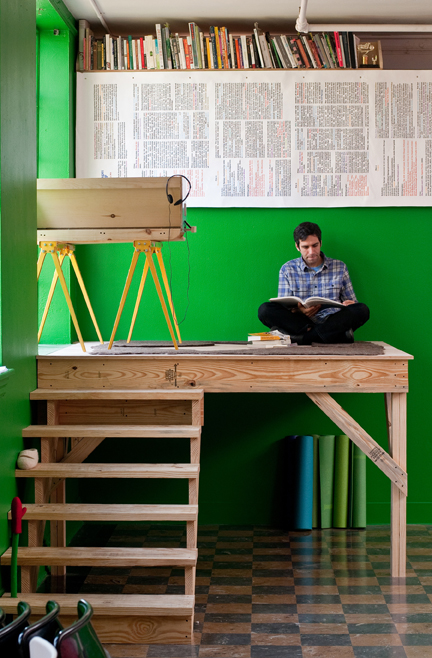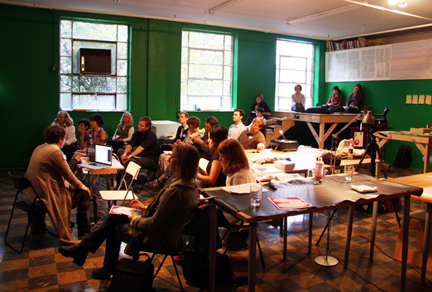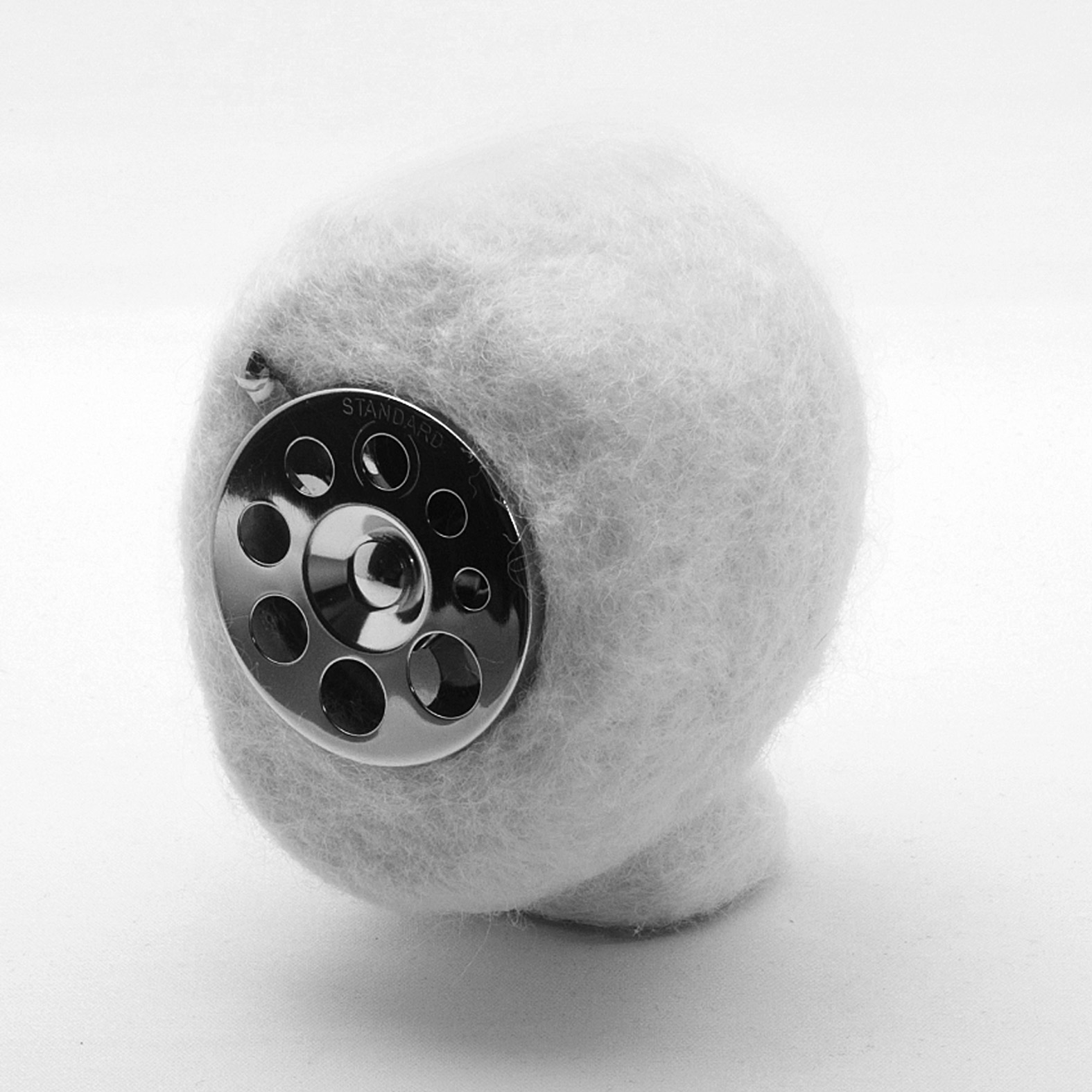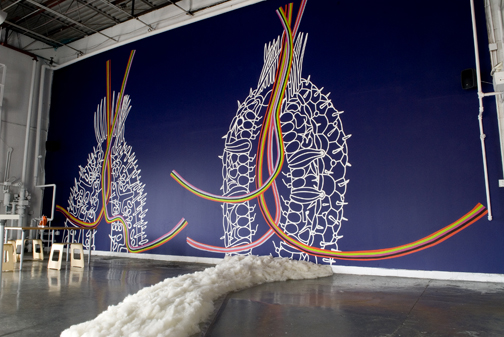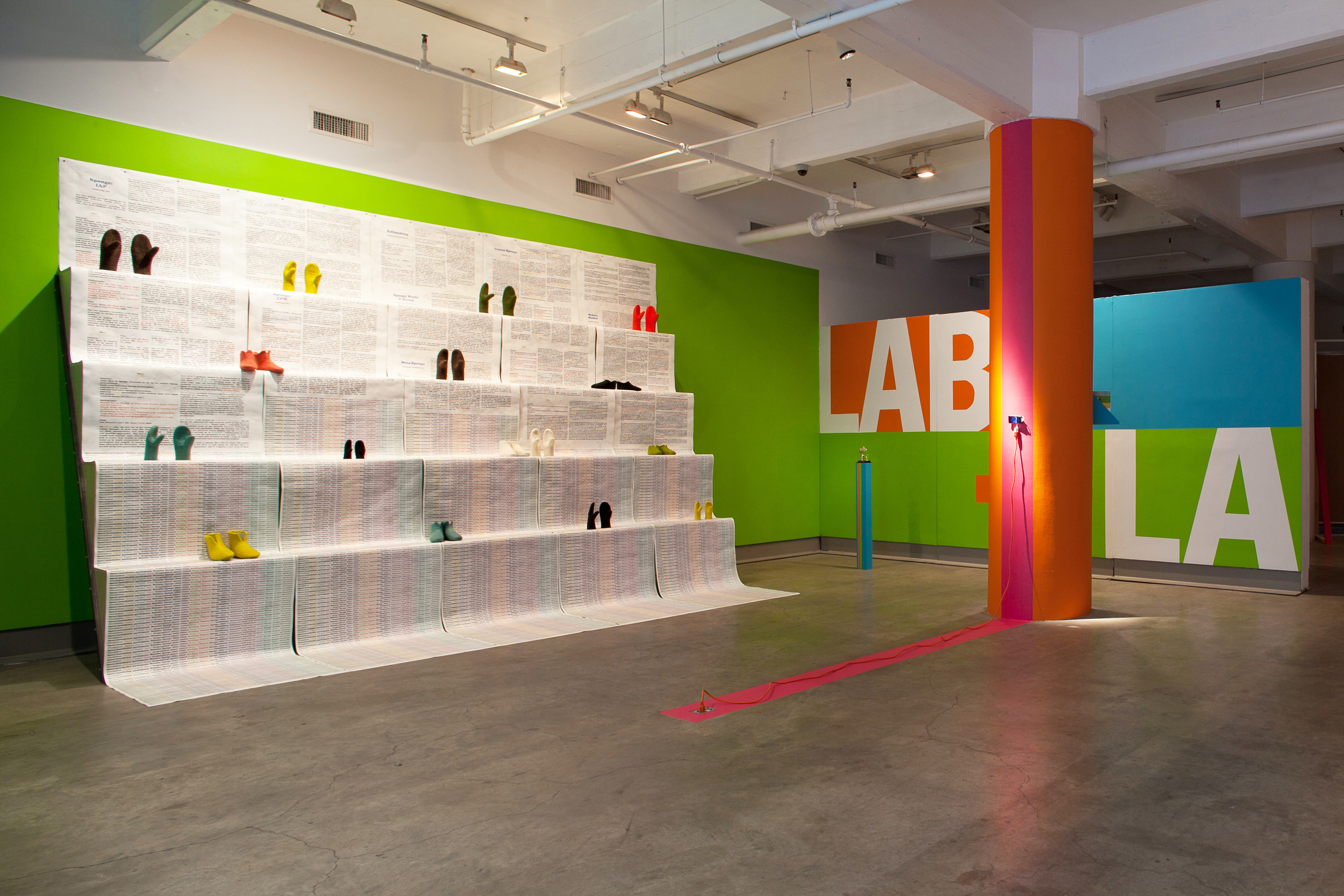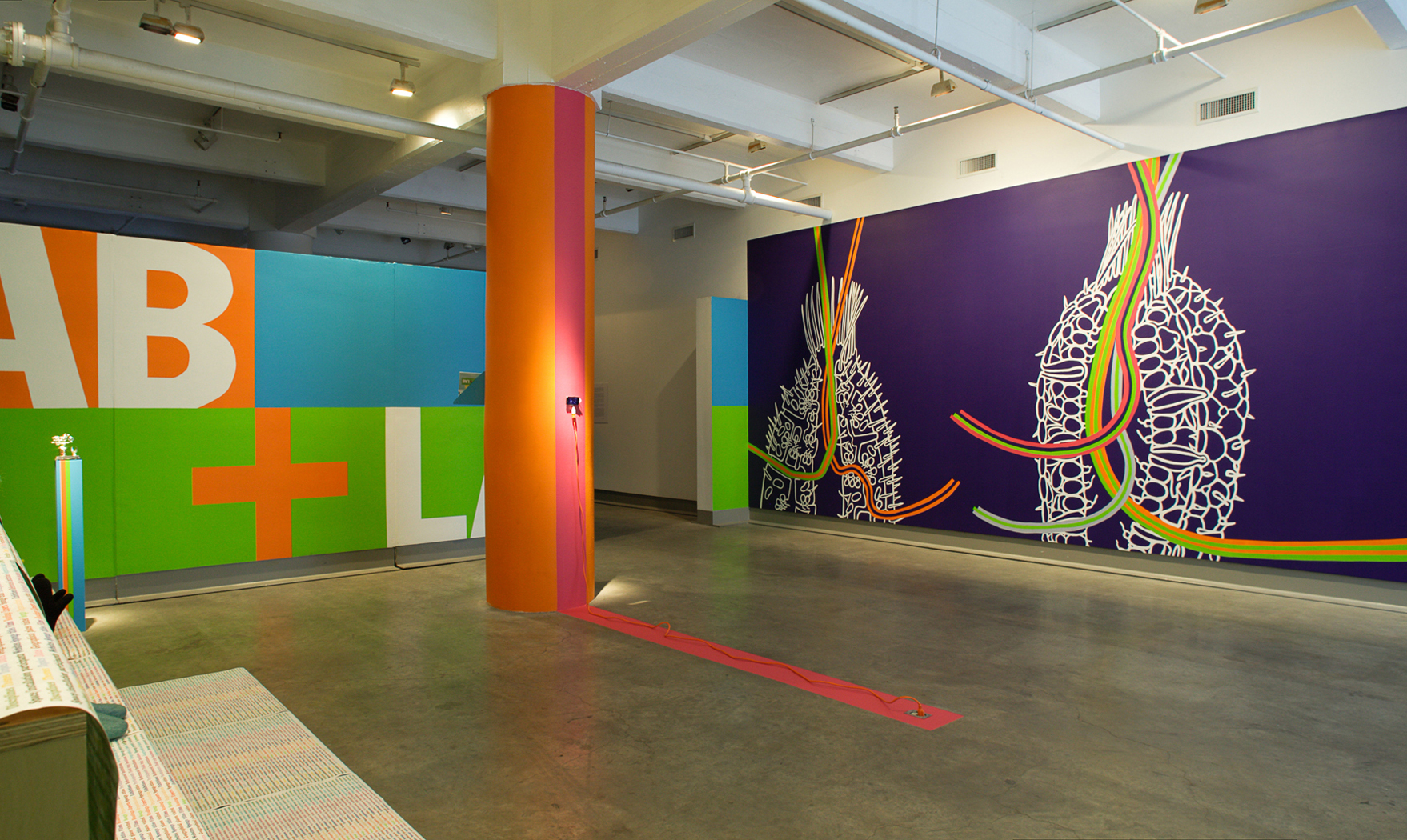Hope Ginsburg
Curated by Regine Basha
March 24th – May 7th, 2011
Opening reception Thursday, March 24th, 6 - 8pm
In a body of work that spans over a decade, Hope Ginsburg has engaged contexts such as corporations, universities, and farms, and imagined who she can be within them. As employee, student, teacher, and researcher, she has made sense of those contexts through direct participation and generated projects in the form of contributions, oppositions, and propositions.
Hope Ginsburg grew up outside of Philadelphia and received her BFA in Sculpture from the Tyler School of Art in Philadelphia, PA. After attending the Skowhegan School of Painting and Sculpture in Skowhegan, ME, she moved to New York City, where for the next eight years, she produced researched-based installations and performances. She then moved to Cambridge, MA to study at MIT where she received a Master of Science in Visual Studies.
Ginsburg has exhibited her work at venues such as MoMA PS1, New York, NY; The Baltimore Museum of Art; Wexner Center for the Arts, Columbus, OH; SculptureCenter, New York, NY; and Kunst-Werke, Berlin, Germany; Solvent Space, Richmond, VA; Julia Friedman Gallery, New York, NY; and Parlour Projects, New York, NY. She has been a visiting artist at institutions including the Bauhaus University and NSCAD University. Ginsburg served on the advisory board of the Center for Advanced Visual Studies from 2004 - 2006 and has been on the board of Mildred's Lane in Beach Lake, PA since 2008.
In the fall of 2007, Ginsburg moved to Richmond, VA where she is Assistant Professor in the Art Foundation and Painting & Printmaking departments at VCUarts. Her project Sponge (2007 - present) is currently headquartered at the VCUarts Anderson Gallery.
For more information, please visit www.hopeginsburg.com
Regine Basha has been curating critically acclaimed exhibitions and projects independently for more than a decade. She has worked with contemporary art institutions and public spaces in New York City and Austin, TX, as well as globally in cities such as Berlin, Cairo, Istanbul, and Montreal. Her exhibition and writing history appears on www.bashaprojects.com.
CURATOR'S STATEMENT
A boundary object is a term used primarily in sociology as a way of pointing to a form, an issue or body of knowledge that, in one community, might have one kind of use-value, while in another community a wholly different one. The term has also found traction in fields such as computer science and environmental activism. For instance, when considering the issues related to ‘water’ or bodies of water as a boundary object, the (sometimes conflicting) positions from environmental activists, biologists, health officials, and homeland security must come into play.[i] Though more often ‘entities’ than objects, the discussion around boundary objects could parlay easily into the work of Hope Ginsburg.
Hope Ginsburg creates structured, yet informal scenarios (actual objects as well as situations) for the very purpose of generating a more participatory hybrid model for knowledge production and discovery. The materials she brings in—felt, sponges, bees, and other organic matter—are often symbolic in their porousness, liquidity or material properties and are as significant to the work as the gatherings that form around them. As an artist who comes to the field with a Masters of Science in visual studies from MIT and an undergraduate degree in sculpture from Tyler in Philadelphia, Ginsburg’s position as an artist, or ‘maker’ resembles a community organizer and activist with a strong belief in the potency of visual and tactile forms. Her work, or labor really, has focused recently on university settings, (she currently teaches at Virginia Commonwealth University), or as part of interdisciplinary initiatives with factories and science labs. In fact, this marks the first instance in which an exhibition of several different projects from the past several years are on view together in a traditional gallery setting.
Ginsburg comes from a generation of artists who in the 1990s were thoughtfully revisiting artists such as Allan Kaprow, Gordon Matta-Clark and Merle Ukeles, and who struggled with what to do with the cultish, but important legacy of Joseph Beuys. Investigating the social landscape of ‘the everyday’ and the critiques of institutional hegemony became, for many, a point of departure. Though this history might have propelled Ginsburg into the mode she currently works in, much of her ideas and methodology also arise out of critical pedagogy, such as in the writings of Paulo Freire, John Dewey and The Pragmatists. These continuums, alongside the rising popularity of DIY movements in the past decade, have created a timely context and relevancy to her roving, maker-oriented gatherings.
As time-based scenarios, Ginsburg’s gatherings may, at any given time resemble a play, a home economics class, a science lab, a flea market, a factory, or absurdist theater, but are not ever any of these things categorically. Smack between realism and surrealism, her parallel universe is formed through a shuffle; the object-making process as living symbolic order, the teacher as student and the collective as microcosm for a radical utopian society. Ginsburg’s disarming personality and contagious energy shapes the character of the projects at the onset (perhaps even in a performative way) but the project’s viral progress is driven by the group of participants/collaborators and their own knowledge base.
Though the development of such projects on view here such as Sponge, Colablablab and Maker’s Market, are thoroughly tracked by video, blogs and narrative text to account for their collaborative format and aggregate information, one could argue that it is the objects—or boundary objects—that become in themselves, vital entities of progress.
View CATALOGUE
YOUNG ART CRITICS: Emily Sessions on Hope Ginsburg

